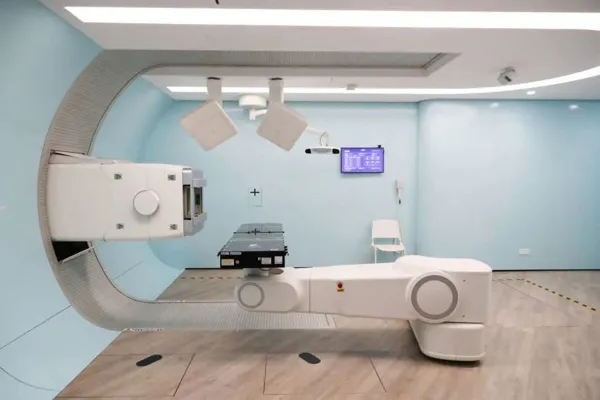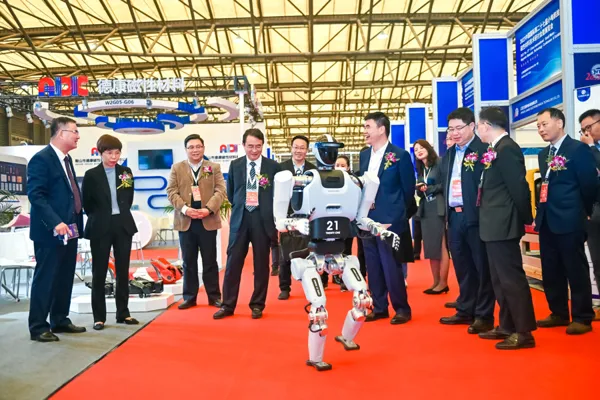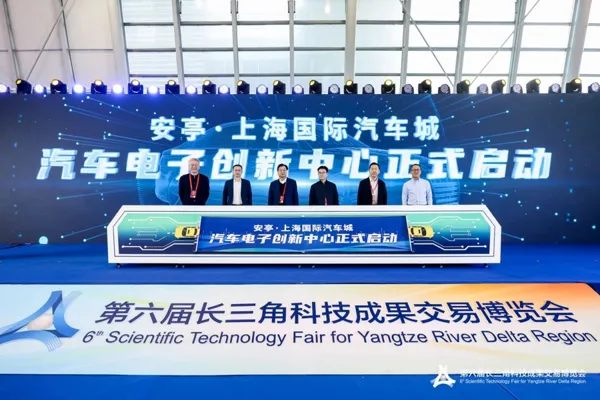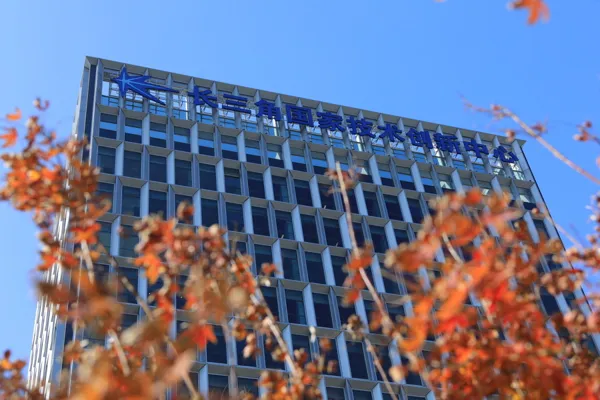What domestic medical "important tools" did the General Secretary see in Shanghai?
From November 28th to 29th, General Secretary Xi Jinping visited Shanghai for investigation and research, and came to the Shanghai Science and Technology Innovation Achievements Exhibition to learn about Shanghai's progress in building an international science and technology innovation center. In the Future Park of Zhangjiang Science City, the Shanghai Science and Technology Innovation Achievements Exhibition displays a number of important medical tools. They are all the results of research and development by Shanghai enterprises and universities and colleges. They have promoted the rapid development of the biomedical industry through independent innovation for people's life and health.
Proton therapy is one of the world's most advanced tumor radiotherapy methods and is known as the "magic tool for directional tumor blasting." Protons can concentrate the killing dose at the tumor tissue, and then the energy quickly returns to zero, stopping immediately, thereby protecting the normal tissue around the tumor and achieving precise attacks on the tumor. Compared with traditional radiotherapy, proton therapy has the advantages of less damage to normal tissue, lower risk of recurrence, and fewer short-term and long-term side effects.
This month, my country’s first domestically produced proton therapy system approved for marketing was officially put into use at Ruijin Hospital Affiliated to Shanghai Jiao Tong University School of Medicine. At the Shanghai Science and Technology Innovation Achievements Exhibition, this proton therapy system, which condenses the collective wisdom of scientific research institutions, enterprises and hospitals, attracted attention. It is the scientific research result of "ten years of sharpening a sword". From the project establishment in 2012 to the approval for listing in 2022, it has been approved by the Shanghai Institute of Applied Physics, Chinese Academy of Sciences, Shanghai Light Source Science Center of the Chinese Academy of Sciences, Shanghai Aipqiang Particle Equipment Co., Ltd., and Ruijin Hospital. and related enterprises to jointly tackle key problems, and achieved breakthroughs through collaborative innovation among industry, academia, research and medicine.
Domestic proton therapy system is put into use in Ruijin Hospital.
In the clinical trial, the 3-month follow-up of all subjects showed that the local tumor control rate of the domestic proton therapy system reached 100%, the biochemical recurrence-free rate of prostate cancer patients reached 100%, and no acute toxic reactions of grade 3 or above occurred.
Which patients are suitable for proton therapy? According to experts from Ruijin Hospital, patients with solid malignant tumors are expected to benefit from proton therapy, especially central nervous system tumors, head and neck tumors, chordomas in various locations, left breast cancer, prostate cancer, mediastinal malignant lymphoma, and children. In tumors, treatment has obvious advantages.
With the approval of the National Medical Insurance Administration, in line with the principle of greatly reducing the burden of treatment, the charging standard for domestic proton therapy systems is: a maximum of 170,000 yuan per treatment course for the same indication.
The world's first 2-meter PET-CT "Explorer" molecular imaging equipment developed by United Imaging Medical is also a high-end medical equipment and occupies the technological commanding heights in the global molecular imaging field.
2-meter PET-CT "Explorer" molecular imaging equipment
The 2-meter PET-CT "Explorer" can be called the "Hubble Telescope" for detecting the human body. Compared with traditional equipment, its sensitivity is nearly 40 times higher and it can achieve ultra-fast imaging of the whole body in 30 seconds at the fastest. Zhang Qiang, chairman and co-CEO of United Imaging Healthcare, said that it enables humans to observe with the naked eye the entire process of drug flow, diffusion and metabolism throughout the body for the first time in history, opening the door to precise cancer diagnosis and treatment, brain science research, and new drug research and development. Endless possibilities. "Physics World", a journal of the British Physical Society, rated 2-meter PET-CT as "one of the top ten scientific breakthroughs in 2018", and the top international science and technology journals "Nature" and "Science" have also made special reports on it many times.
Currently, the 2-meter PET-CT "Explorer" has been used in prestigious universities at home and abroad such as the University of California, Davis, Michigan State University Innovation Center, Zhongshan Hospital Affiliated to Fudan University, the First Affiliated Hospital of Shandong First Medical University, and Henan Provincial People's Hospital. and installed capacity in domestic tertiary hospitals. Researchers and clinicians have used it to publish hundreds of papers in international scientific journals such as the American Journal of Nuclear Medicine and the Journal of Radiology.
At the Shanghai Science and Technology Innovation Achievements Exhibition, Shanghai Minimally Invasive Medical Robot Co., Ltd. displayed the "Toumai" endoscopic surgical robot. This is the first domestic four-arm laparoscopic surgical robot approved for sale in China, covering difficult surgical procedures in urology, general surgery, thoracic surgery, and gynecology. As of early November, the "Toumai" robot has completed more than 1,500 auxiliary clinical verification surgeries in more than 50 hospitals in 20 provinces, autonomous regions and municipalities across the country, including urology, general surgery, thoracic surgery, gynecology and other departments.
According to reports, this robot has an advanced imaging system that can provide a high-definition field of view with 10 times optical magnification and realize naked-eye 3D imaging; the robotic arm system that performs surgical operations has 7 degrees of freedom, which can stably filter out the operator's hand physiology. The oscillating, rotatable wrist surgical instrument provides flexibility, precision and stability unmatched by the human hand, thereby assisting the surgeon to complete a variety of difficult and complex operations in a small cavity.
In the view of Minimally Invasive Robot Group, the development direction of domestic surgical robots is not only to be intelligent, but also to be inclusive, bringing precision medical services to the grassroots level so that "no surgery is difficult to perform in the world." Adhering to this concept, Minimally Invasive Robotics Group has cooperated with domestic tertiary hospitals to continue to explore 5G remote surgery. It has completed more than 70 remote surgeries and animal experiments in Xinjiang, Gansu, Fujian, Henan, Ningxia, Guizhou, Hebei and other places. The longest surgical distance is more than 5,000 kilometers, which brings good news to patients from all over the country.




